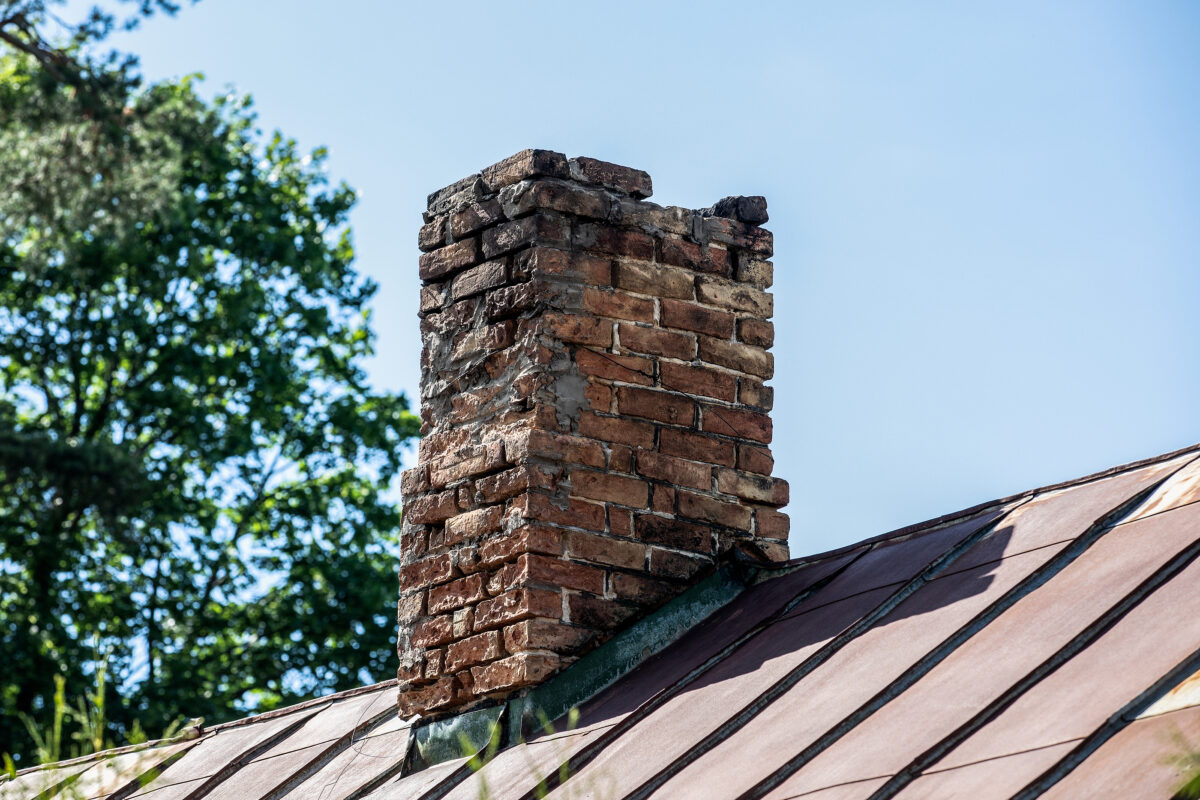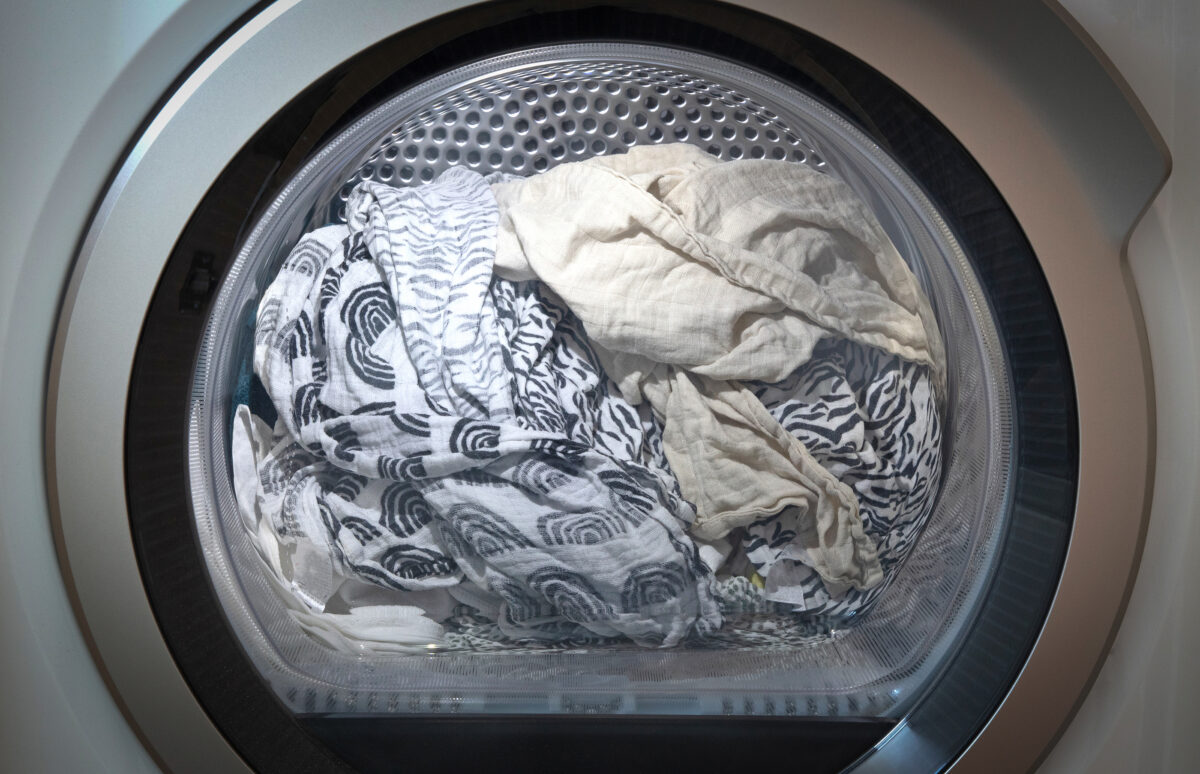In the journey of home maintenance and renovation, chimney legal abandonment (aka decommissioning a chimney) is a path less traveled but equally important. This blog is dedicated to unraveling the complexities of this process. Why would a homeowner opt for chimney decommissioning? What legal and safety considerations must be taken into account?
These questions and more are crucial, and we’re here to address them, ensuring that your decision to decommission is as informed as it is thoughtful.
What is Chimney Decommissioning?
Chimney decommissioning, at its core, is the process of safely and legally taking a chimney out of service. This isn’t just a matter of ceasing to use it; it involves specific steps to ensure the chimney is not only inactive but also not posing any risks to the property or its occupants.
The purpose of decommissioning a chimney is multi-faceted. It’s about ensuring safety, complying with local building codes, and adapting a home to meet changing needs or preferences.
There are several scenarios where homeowners might consider decommissioning their chimney:
Non-Use
In some homes, the fireplace is more of a decorative element than a functional one. If a chimney is no longer being used for its intended purpose – say, due to the installation of more efficient heating systems – one could opt to decommission it. An unused chimney can become a liability, potentially leading to issues like moisture intrusion or animal nesting.
Safety Concerns
Safety is paramount when it comes to home features, and chimneys are no exception. Over time, a chimney can develop structural issues or deterioration, making it unsafe for use. In such cases, decommissioning becomes necessary to eliminate the risks of chimney fires, carbon monoxide leakage, or structural collapse.
Home Renovations
Home remodeling or renovations are another common reason for decommissioning a chimney. If a homeowner is reconfiguring their space – perhaps expanding a living area or altering the home’s layout – an existing chimney might be in the way or no longer aesthetically fitting. Removing or decommissioning the chimney can open up new possibilities for space utilization and design.
In each of these scenarios, the decision to decommission a chimney should be approached with a thorough understanding of the process and its implications. It’s not merely about sealing off a fireplace or removing a structure; it involves careful consideration of the building’s integrity, adherence to local regulations, and a commitment to safety and efficiency.
Legal Considerations
The legal framework for chimney decommissioning is governed by a combination of national building codes and local regulations. These laws are designed to ensure that any structural changes to a property, including chimney removal or modification, meet safety standards and do not negatively impact the building’s integrity or the environment.
- Building Codes and Regulations: National building codes, such as the International Building Code (IBC) in the United States, provide guidelines for safe construction practices, which include the decommissioning of chimneys. These codes address structural stability, fire safety, and other critical aspects.
- Local Laws and Ordinances: It’s essential to consult local laws and ordinances before proceeding with chimney decommissioning. Municipalities may have specific requirements regarding permits, inspections, and methods of decommissioning. Failure to comply with these local regulations can result in legal complications, fines, or issues when selling the property.
- Importance of Compliance: Adhering to these legal requirements is not just a matter of regulatory compliance; it’s about ensuring the safety and legality of the modifications to your home. Professional advice from a licensed contractor or architect can be invaluable in navigating these complexities.
Safety Concerns and Assessments
Unused chimneys, if not properly decommissioned, can pose several safety risks. These include structural degradation, fire hazards, and environmental concerns like water leakage or animal intrusion.
Safety Concerns
Over time, an unused chimney can deteriorate, leading to issues such as cracks in the masonry, rusting of metal components, or blockages. These problems can cause structural instability, increasing the risk of chimney collapse, water damage, or fire hazards if the chimney is accidentally used.
Professional Chimney Assessment
A professional chimney assessment is a crucial step in the decommissioning process. Certified chimney inspectors can evaluate the condition of the chimney, identify any immediate risks, and recommend the best course of action for decommissioning. This assessment includes checking the structural integrity, flue lining, mortar joints, and other critical elements.
Risks of Neglecting Decommissioning
Neglecting the proper decommissioning of a chimney can lead to severe consequences. Aside from the direct safety hazards, there are potential legal repercussions for failing to adhere to building codes. In the event of property damage or personal injury, homeowners could be held liable if negligence in maintaining or decommissioning the chimney is established.
Proper decommissioning with attention to legal and safety aspects ensures a safe living environment and compliance with regulatory standards.
The Decommissioning Process
Decommissioning a chimney is a meticulous process that requires careful planning and execution. Here’s a step-by-step guide:
- Initial Assessment: Engage a professional chimney sweep or inspector to assess the condition of the chimney. This assessment will determine the extent of work needed.
- Obtaining Permits: Based on local regulations, obtain the necessary permits for decommissioning work. This step is crucial for legal compliance.
- Engaging Professionals: Depending on the complexity, you may need to hire a structural engineer or a specialized contractor. They will oversee the decommissioning to ensure it adheres to safety standards and building codes.
- Chimney Cleaning: Before any structural work, the chimney should be thoroughly cleaned to remove soot, debris, and any blockages.
- Sealing the Fireplace: The fireplace opening should be sealed off, usually with bricks or a framed wall. This step prevents air leakage and maintains the home’s thermal efficiency.
- Insulation and Ventilation: It’s important to ensure proper insulation and ventilation in the area where the chimney passed through to prevent condensation and mold growth.
- Structural Modifications: If the chimney is being partially or completely removed, structural modifications may be necessary to ensure the stability of the building.
- Final Inspection: A final inspection by a professional ensures that the decommissioning has been completed correctly and complies with all regulations.
Costs and Considerations
The cost of decommissioning a chimney can vary widely depending on several factors like the chimney’s size, condition, and the complexity of the work required. Here are some considerations:
- Professional Services: Fees for chimney sweeps, inspectors, and contractors constitute a significant part of the cost. Shopping around for quotes can help find the best deal.
- Permit Costs: Don’t forget to factor in the cost of obtaining the necessary permits.
- Materials and Labor: The cost of materials for sealing and insulation, along with labor charges, will vary depending on the scope of the project.
- Potential Structural Modifications: If structural changes are needed, this can significantly increase the cost.
- Cost-Saving Tips: Where possible, group this project with other home renovations to save on labor costs. Also, consider partial decommissioning (sealing the chimney at both ends) as a less expensive alternative to full removal.
Remember, while it may be tempting to cut corners to save costs, proper decommissioning is crucial for the safety and legal compliance of your home. Investing in professional services and following legal and safety guidelines will ensure a successful and compliant decommissioning process.
Alternatives to Decommissioning
While decommissioning is a viable option for dealing with an unused or unsafe chimney, there are alternative solutions that homeowners can consider. These alternatives often involve repurposing or repairing the chimney, each with its own set of benefits and drawbacks.
Repurposing the Chimney:
Conversion to a Vent
One common repurposing option is converting the chimney into a vent for a heating system, such as a furnace or a water heater. This can be a cost-effective way to make use of the existing structure.
Creating a Decorative Element
Some homeowners choose to keep the chimney for its aesthetic value, transforming it into a decorative feature. This can include interior modifications like installing shelves in the fireplace or exterior enhancements like painting or adding architectural details to the chimney.
Benefits: Repurposing can maintain the architectural integrity of the home and possibly increase its aesthetic appeal. It often involves fewer structural changes, potentially lowering costs.
Drawbacks: Not all chimneys are suitable for repurposing, and some modifications may still require professional help and adherence to building codes.
Repairing the Chimney
Restoration Work
If the chimney is structurally sound but needs maintenance, restoration might be a viable option. This can include repairing the masonry, relining the flue, or replacing the chimney cap.
Upgrading for Efficiency
Older chimneys can be upgraded with modern, more efficient liners or inserts to improve their functionality and safety.
Benefits: Repairing and upgrading can extend the life and functionality of the chimney, preserving the home’s original features and possibly enhancing its value.
Drawbacks: Depending on the extent of the damage or deterioration, repairs can be costly. There’s also the ongoing responsibility of maintaining a functioning chimney, which includes regular cleaning and inspections.
Each alternative has its considerations, and the best choice depends on the homeowner’s needs, the condition of the chimney, and the specific circumstances of the property. It’s important to consult with professionals to assess the feasibility and cost of these alternatives and ensure any modifications comply with local building codes and safety standards.
The overlying message of this guide is clear: whether you’re decommissioning, repurposing, or repairing your chimney, legal compliance and safety are paramount. These processes should not be taken lightly, and professional guidance is essential.
If you’re considering any of these options for your chimney, we recommend reaching out to The Irish Sweep. With their expertise and experience, they can provide valuable advice, quality service, and peace of mind throughout your chimney project. Contact The Irish Sweep today to ensure your chimney needs are met with the highest standards of safety and compliance.



